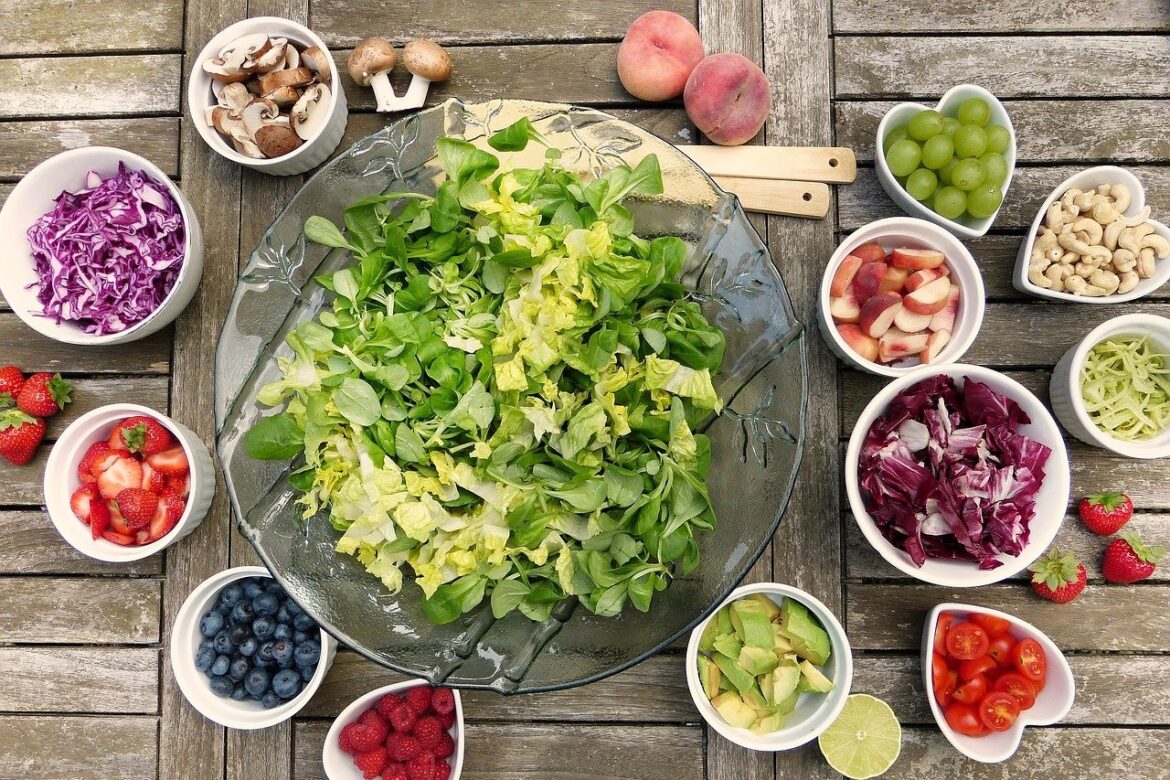Heart Health Month is Here
Heart-Healthy Foods
In general, foods that are considered heart-healthy are low in sodium, added sugars, saturated and trans fats.
Here are some examples of heart-healthy foods to incorporate into your diet:
- Vegetables such as leafy greens, broccoli, or carrots
- Fruits
- Whole grains (oatmeal, brown rice, bread products labeled as whole-grain)
- Low-fat dairy (milk, cheese, yogurt)
- Lean high-protein meat options (fish, chicken, turkey)
- Non-meat high-protein options (eggs, seeds, nuts, tofu, beans)
- Oils high in mono- and polyunsaturated fat (avocado oil, canola oil, sesame oil)
Others Tips on Choosing Heart-Healthy Food
- Go for low sodium, reduced sodium, or no salt added option
- Try to make meals at home to control the ingredients that are added
- Choose a variety of herbs and spices to flavor your food instead of salt
- Buy a lower fat or skinless meat option
- Drink water or unsweetened beverages for less added sugars
- Read the nutrition label to avoid Partially Hydrogenated oil
- Examples include many processed foods like frozen pizza, pre-packaged desserts, microwave popcorn, and coffee creamer
Recipes
Check out the National Heart, Blood, and Lung Institute for some delicious, heart-healthy recipes on the left-hand side! They offer a variety of family and community meal options so you can easily answer the dreaded “What’s for dinner?” question that seems to come around every night. Also helpful for recipes is MyPlate Kitchen which gives you categories to search through including ‘Limit Saturated Fat’ and ‘Reduce Sodium.’
Helpful Resources
MyPlate Plan: Get personalized target food group options based on age, sex, height, weight, and physical activity.
DASH Eating Plan: A common eating plan prescribed for those with high blood pressure, Dietary Approaches to Stop Hypertension (DASH). Provides recommendations for daily and weekly servings of specific food groups.
Understanding Nutrition Labels: Learn how to read and understand the information provided by the nutrition label on food such as serving size, calories, nutrients, and % daily value.
Freedom Physical Therapy Services is happy to help get you started on a heart-healthy fitness plan.

